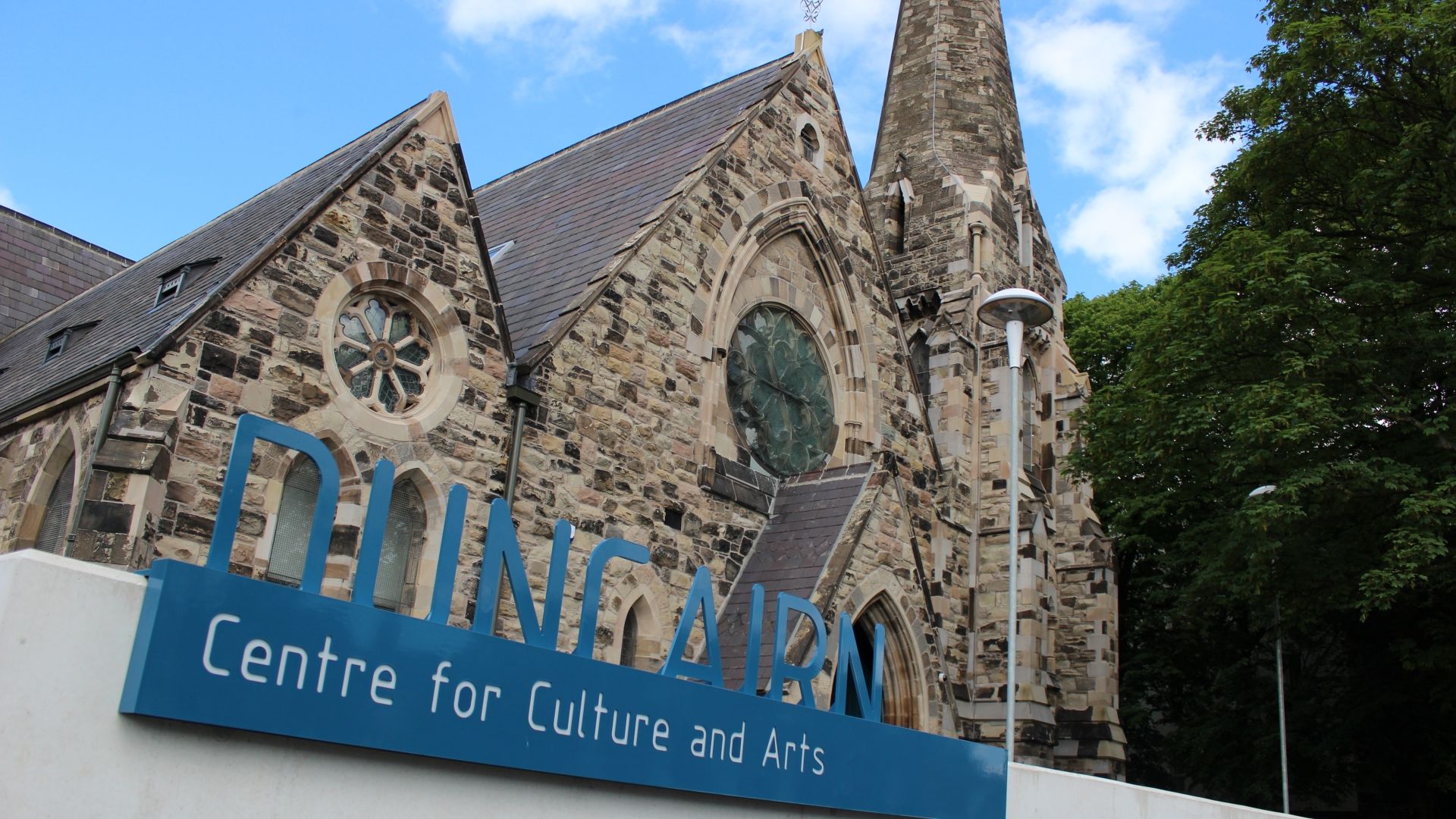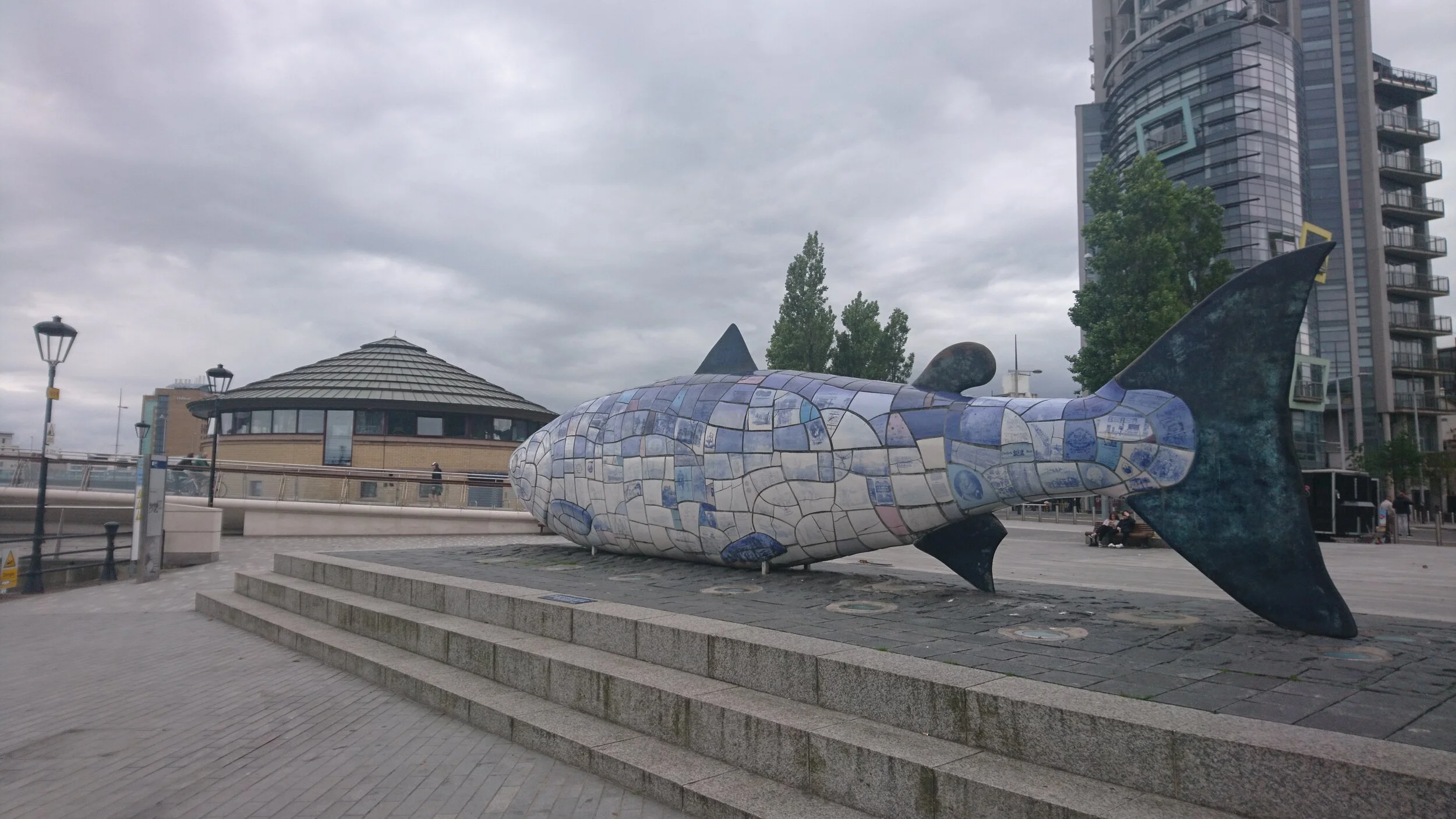Public art, public voice
The discussion about what kind of art should stay on our public spaces and which is not welcome anymore has never been more current. In the past few days, we have been bombarded by news of statues being removed by the public or by the authorities and others that are still standing and provoking controversial opinions. Anyone is free to decide on what side they are on. But before picking one side, it is useful to remind ourselves what is public art.
Public art is part of the fabric of our urban environment. It sometimes has the role of beautifying our cities, while other times it commemorates events or people that have shaped our history and identity. It can be used as a political tool, from propaganda to protests.
Most of all, public art represents the values and worldview of our society.
Public art is...
'a form of street life, a means to articulate the implicit values of a city when its users occupy the place of determining what the city is'.
Malcolm Miles
and…
'accessible work of any kind that cares about, challenges, involves, and consults the audience for or with whom it was made, respecting community and environment'.
Lucy Lippard
The Big Fish is one of the many examples of Belfast public art. Each of its ceramic scales represents a fragment of Belfast history, and it contains a time capsule storing information, poetry and images of our city. This artwork was commissioned to artist John Kindness to celebrate the regeneration of the River Lagan.
Statues are placed in public spaces for a reason and we, the public, need to engage critically with them by asking questions: who are they representing? Who wanted that piece of art placed where it is? And why?
What happens when society’s values change and an artefact is not relevant anymore, or its presence in the public space becomes offensive? Should we remove these statues and forget them? Or just move them somewhere else? Should we replace them? And with what?
Art and politics have always gone hand in hand. Our involvement in public art choices is part of the democratic process, and artworks in the public space should reflect the choices and values of the community in which they stand, giving voice not only to the past but to the future, to hopes and dreams, bringing communities together rather than setting them apart.




